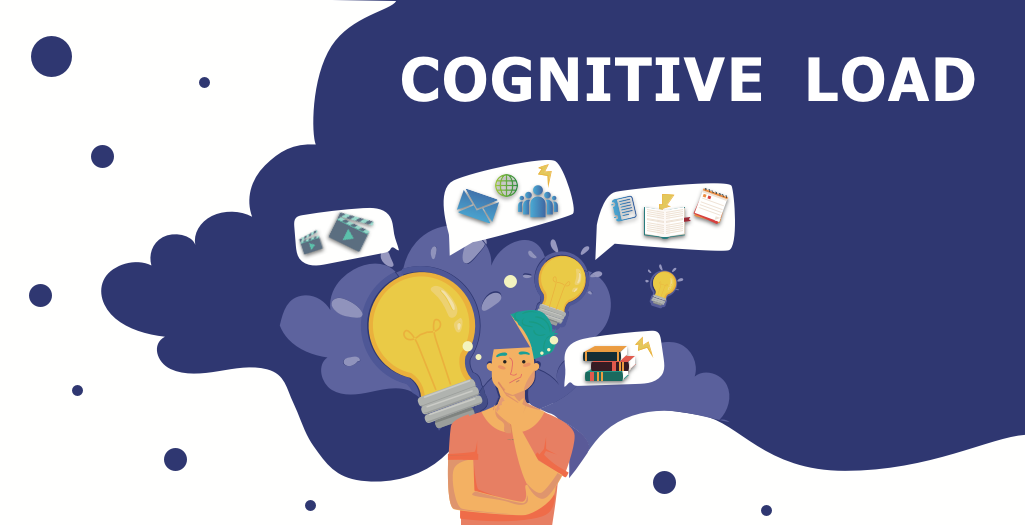
We always influence our kids about multitasking. But the truth is our mind can’t hold all the information we want it to.
It ultimately affects the children’s productivity and emotions, leading to cognitive overload. What is cognitive overload? Cognitive overload is when our mind receives information more than its processing capacity.
A child constantly tries to receive and process new pieces of information throughout the day. However, we should also understand that our memory cannot handle so much. When overloaded, it will be difficult to retain and recall information at a later point. Thus, cognitive overload affects productivity.
Numerous types of research in recent years state the ability of a student to understand the online study material and designed online-tablet-based courses. There are also innumerable kinds of research from different schools that have adopted digital screens in the classroom, reviewed and tested lessons, and fine-tune the presentation to make the classroom sessions more effective.
The ability to handle the cognitive overload depends on three essential factors:
In today’s e-learning educational system, the material designers are presenting material with bells and whistles, programs are loaded with voiceovers, and each topic is animated with subtitles. In addition, the competition for screen space with flashed questions and whirling graphics is another development in recent days of e-learning development. Today’s cutting-edge developers have made it easier to simplify the course material and organize it into understandable content with proper illustrations and narration.
A good e-learning session should contain more information with illustrations and questions. This information can be properly understood if it is presented in a simple way to the learners. To make the session more attractive and indulging, the animations used in the presentation should be to the point. Information is revealed in a step-by-step manner to the students to avoid the missiles of cognitive overload.
As per research, there are three types of cognitive load in e-learning: intrinsic, extraneous, and germane. While intrinsic cognitive load depends on the intricacy of the educational content, extraneous cognitive load imposes mental pressure that doesn’t promote learning. Intrinsic load divides and sequences the instructional materials helping students deal with the difficulty of the content. Extraneous load minimizes the appropriate use of audiovisuals and text in your training environment.
However, germane cognitive load is more beneficial than the above two. To get an effective e-learning experience, the learners need to manage intrinsic cognitive load, eliminate the extraneous cognitive load, and increase germane cognitive load. For instance, the live session of a teacher can tend to lose the attention of students when there is any background noise. Live online sessions should provide ample information along with supplementary reading or viewing other slides. Similarly, a learner should get rid of the extraneous cognitive load because the main reason for failure in many digital lessons is redundancy. The narrations in every lesson follow the same words that are written in the slides thus, need no explanation. The learners need to see through visuals, minimal texts, and descriptions rather than over-explaining the topic.
An effective e-learning session adopts a germane cognitive load that not only presents material but also the learner needs to understand illustrations and self-explanation. Besides different online teaching methodologies and various types of cognitive load on learners’ educational process, there is always more to learn. Students can learn from their classmates, teachers, parents, and mentors.